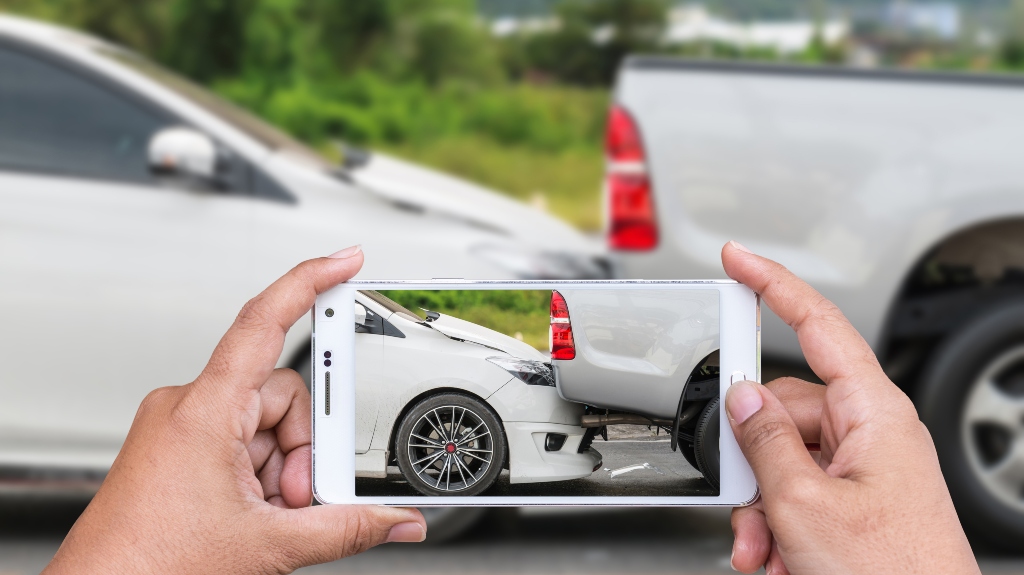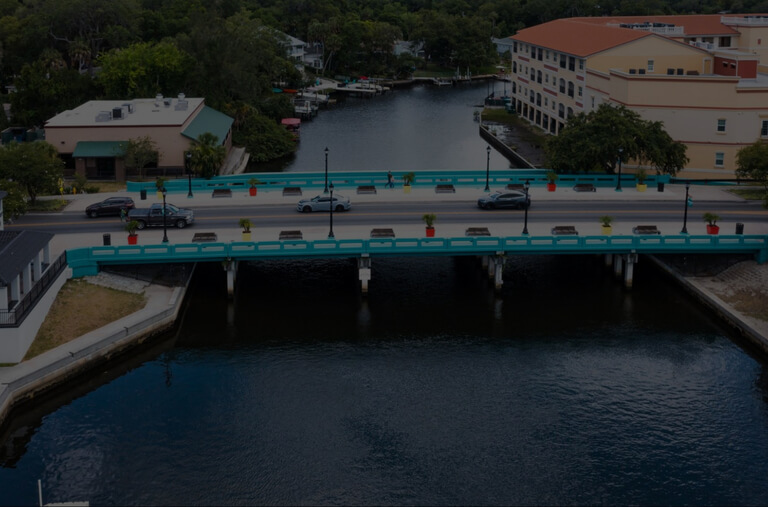Vehicle is Repairable & No Collision Coverage
To resolve your property damage claim, review the declarations page of your auto insurance policy. If you do not have collision coverage on your personal auto insurance policy, your auto insurance will not pay for your property damage claim after a car accident. You must go through the at-fault party’s insurance company for your vehicle repairs.
Coordinating the Repairs
1. Contact the at-fault party’s insurance company. They will assign a PD adjuster who will be your point of contact. Be polite, as the saying goes you get more with honey. If you’re rude to the adjuster, they’re less willing to help when it comes time to extending car rentals, etc.
2. Provide the location of your vehicle to the at-fault party’s insurance company and inform them aware of any personal property destroyed in your vehicle (cell phone, glasses, laptop, etc.). They will want photos of the damaged items and a receipt showing proof of ownership.
3. Have the preliminary estimate of your vehicle performed. The PD adjuster will have a field adjuster assigned. If they do not send a field adjuster out, you can take your vehicle to a shop of your choice to have the estimate done.
4. After the preliminary estimate, you can pick the body shop to perform the repairs. Provide the preliminary estimate to the body shop so they can order the parts and avoid delays.
5. Remember, the auto body repair shop must get approval from the at-fault party’s insurance company BEFORE they begin repairs. Most shops are familiar with the process.
NOTE: Many repair shops are experiencing delays in getting parts in due to supply chain issues. Provide the shop with the estimate so they can order the parts. This will avoid delays and issues with your rental vehicle being terminated due to excessive repair times.

Getting a Rental Vehicle
1. If you need a rental vehicle, coordinate the rental with the at-fault party’s insurance company.
a. The insurance company must put you in a rental vehicle that is similar in class to the vehicle you were driving at the time of the accident.
b. If you have rental coverage on your policy, you can also elect to have your rental covered through your insurance company.
2. The insurance company will generally authorize the rental until your vehicle repairs are complete, UNLESS there’s not enough coverage, they may terminate the rental sooner. At that point you will have to use your rental coverage on your policy if you have it. If you do NOT have rental coverage, you will have to pay out-of-pocket for the rental or return it.
Loss of Use
If you do NOT get a rental, you can request payment for “loss of use.” If PD coverage limits are not exhausted, the at-fault party’s insurance company will pay you for the time you were without your vehicle. The rate is generally the amount it would cost to rent a vehicle like yours for the time you were without a vehicle. For example, if you drive a standard vehicle AND did not get a rental for 5 days, you would be entitled to $35 per day x 5 days.
Diminished Value
Remember, you may also have a diminished value claim. You can only bring a diminished value claim against the at-fault party’s insurance company. A diminished value claim is the difference between the car’s market value prior to the accident and its market value after the accident.
Damaged Personal Property
Generally, only the at-fault party’s insurance company will take care of any of your personal property damaged by the accident. Your own insurance company typically will not pay for these items. Notify the at-fault party’s insurance regarding any personal property destroyed in your vehicle (cell phone, glasses, laptop, etc.). They will want photos of the damaged items and purchase receipts showing proof of ownership.
A car accident damaged a client’s laptop. The wi-fi stopped working. The insurance company did not cooperate with the client and she needed a laptop. She could not wait for it to be fixed. The Geek Squad completed a diagnostic report, we submitted it to the insurance company and were able to get them to pay her the entire purchase price for her laptop. Getting documentation for the items is key. You cannot just submit a wish list. You must prove ownership and prove the item was damaged. If you cannot produce these items, then you can submit an affidavit.
OTHER SCENARIOS
- Your Vehicle is a TOTAL LOSS & You Do NOT Have Collision Coverage
- Your Vehicle is REPAIRABLE & You HAVE Collision Coverage
- Your Vehicle is a TOTAL LOSS & You HAVE Collision Coverage
